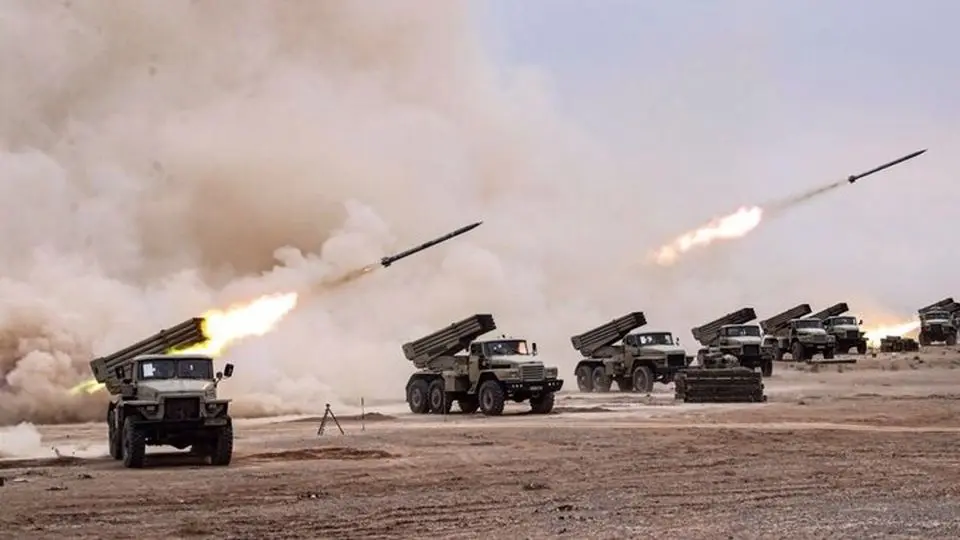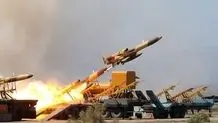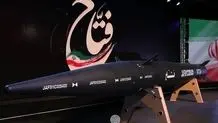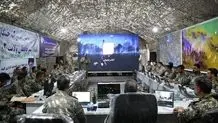Iran Army Ground Force launches upgraded indigenous missiles
The commander of the Iranian Army Aviation says the unit’s helicopter fleet has been equipped with long-range air-launched ballistic missiles.

MEHR: The commander of the Iranian Army Aviation says the unit’s helicopter fleet has been equipped with long-range air-launched ballistic missiles.
The Islamic Republic of Iran Army Ground Force has launched the upgraded versions of a series of domestically-developed missiles during large-scale military exercises in the country’s central province of Isfahan.
During the main stage of the two-day drills, codenamed Eghtedar (Authority) 1402 and underway in the Nasrabad region of the province, the Army Ground Force’s mobile assault brigades, armored divisions, and squadrons of helicopters fired the upgraded versions of Shafaq (Dawn), Almas (Diamond) and Dehlaviyeh missiles to detonate designated targets at a distance of 8 to 20 kilometers away.
Dehlaviyeh twin-arm laser-guided missile launcher was recently installed on the M113 armored personnel carriers of the Army Ground Force.
Iranian military experts have extended the range of both the ground-based and air-based versions of the Dehlaviyeh missile from 5.5 kilometers to 8 kilometers.
Iranian forces also launched the air-based version of the Shafaq missile during the drills. The missile is reportedly capable of carrying a 50-kilogram warhead at a maximum speed of Mach 2.2. It can destroy targets within a range of 20 kilometers.
Homegrown Almas missile is paired with an automatic fire control system and can strike various targets within a range of 8 kilometers. The air-based version of Almas is mounted on Bell Cobra 209 choppers and combat drones.
Moreover, the Iranian Army Ground Force employed high-explosive Sina and Fateh smart bombs, which can detonate fixed and mobile targets within a range of 10 kilometers, in the drills.
The bombs are reportedly furnished with a warhead of between 300 to 1,000 grams and can be used against various targets in ground combat. They are said to have an operational period of 10 to 15 minutes.
They enjoy an intelligent guidance system and have the ability to track targets from the moment they are launched until they hit them. The bombs were tested and assessed in action for the first time during Eghtedar 1402 military drills and successfully destroyed the designated targets.
Additionally, Bell 206 helicopters of the Islamic Republic of Iran Air Force conducted nightly combat operations.
The choppers flew over the exercise area, surveyed it, and transmitted collected information online to the command control center.
Bell AH-1 Cobra attack helicopters also launched air-to-surface missiles, destroying the positions of the mock enemy. They were hit with the help of night vision systems.
Iranian military forces hold routine exercises according to a detailed schedule in various parts of the country in order to test their weaponry and equipment and evaluate their combat preparedness.
Iranian officials have repeatedly underscored that the country will not hesitate to strengthen its military capabilities, including its missile power, which are entirely meant for defense, and that Iran’s defense capabilities will be never subject to negotiations.




